Сurrencies MENA
In today’s global economy, understanding currency exchange rates is critical for both individuals and businesses. The saudi riyal pakistani rate is one such crucial exchange rate that deserves attention. This article takes a detailed look at the comparison between the Saudi Riyal (SAR) and the Pakistani Rupee (PKR), providing valuable information for those interested in trading, investing, or traveling between the two countries. By examining the current saudi riyal pakistani rate, historical trends, and factors influencing the exchange rate, readers will gain a comprehensive understanding of the dynamics between these two currencies and how they impact financial transactions.
Currency ConverterThe Saudi riyal and the Pakistani rupee are two currencies that play important roles in their respective regions. Saudi Arabia, a major oil exporter, has a strong and stable economy, while Pakistan, a developing country, strives for economic growth and stability. This article will look at current exchange rates, historical trends, and factors affecting the value of these currencies.
Current exchange rates
As of May 2024, the Saudi Riyal to Pakistani Rupee exchange rate is as follows:
- 1 Saudi Riyal = 61.50 Pakistani Rupees
- 1 Pakistani rupee = 0.016 Saudi rial
This means that for every 1 SAR you can get approximately 61.50 PKR and conversely for every 1 PKR you can get about 0.016 SAR.
(Check the current rate on the National Bank website)
Historical trends
Over the past few years, the exchange rate between the Saudi Riyal and the Pakistani Rupee has fluctuated due to various economic and political factors. Here’s a quick overview of historical trends:
- In 2020, the average exchange rate was 1 SAR = 41.50 PKR.
- In 2021, the average exchange rate was 1 SAR = 45.00 PKR.
- In 2022, the average exchange rate was 1 SAR = 52.00 PKR.
- In 2023, the average exchange rate was 1 SAR = 58.00 PKR.
The gradual increase in the value of the Saudi Riyal against the Pakistani Rupee can be attributed to factors such as the stability of the Saudi Arabian economy, significant oil exports and comparatively slower economic growth in Pakistan.
Factors influencing exchange rates
Several factors influence exchange rates between the Saudi Riyal and the Pakistani Rupee:
- Economic indicators. The overall economic health of both countries, including GDP growth, inflation rate and trade balance, plays an important role in determining exchange rates.
- Political stability. Political events and decisions can affect investor confidence and therefore the value of currencies.
- Oil prices. As a major oil exporter, Saudi Arabia’s economy is heavily dependent on oil prices. Fluctuations in global oil prices may affect the value of the Saudi Riyal.
- Foreign exchange reserves. Each country’s level of foreign exchange reserves can affect the stability and value of its respective currencies.
- Interest rates. Differences in interest rates between two countries can affect the flow of investment and therefore the demand for each currency.
Implications for trade and investment
Understanding the exchange rates between the Saudi Riyal and the Pakistani Rupee is important for businesses involved in trade between the two countries. Importers and exporters must consider current exchange rates when setting prices for their goods and services and when making payments or receiving funds.
For investors, the exchange rate can affect the return on their investment in any country. A stronger Saudi riyal could make investment in Saudi Arabia more attractive, while a weaker Pakistani rupee could open up opportunities for investors looking to capitalize on the potential growth of the Pakistani market.
SAMA

The Saudi Arabian Monetary Authority (SAMA), established in 1952 , serves as the central bank of the Kingdom of Saudi Arabia. This influential institution is entrusted with a wide array of responsibilities, as outlined in various laws and regulations. At the core of its functions, SAMA acts as the government’s banking arm, handling its financial affairs with utmost diligence.
One of SAMA’s most visible roles is the minting and printing of the national currency, the Saudi Riyal. The central bank works tirelessly to strengthen the Riyal’s value, both internally and externally, while ensuring a robust currency cover. Interestingly, the Saudi Riyal has been pegged to the US dollar at a fixed exchange rate of 3.75 Riyals per dollar since 1986, providing stability and predictability for the Saudi economy.
Beyond currency management, SAMA is responsible for the prudent management of the Kingdom’s substantial foreign exchange reserves. It also plays a crucial role in shaping monetary policy, aiming to maintain price stability and a steady exchange rate. SAMA’s efforts extend to nurturing the growth and sustainability of the financial system, overseeing commercial banks, monitoring stock exchange dealers, and regulating financial companies. Additionally, the central bank keeps a watchful eye on credit information companies, ensuring transparency and fairness in the lending landscape.
Exchange rate between the Saudi Riyal
In conclusion, the exchange rate between the Saudi Riyal and the Pakistani Rupee is an important factor to consider for individuals and businesses with interests in these two countries. By understanding current rates, historical trends and influencing factors, stakeholders can make informed decisions regarding trading, investing and financial transactions.
Those who want to stay updated on the latest exchange rates and economic developments are advised to regularly consult reliable sources of financial news and seek advice from experienced professionals in the field.
May 13, 2024

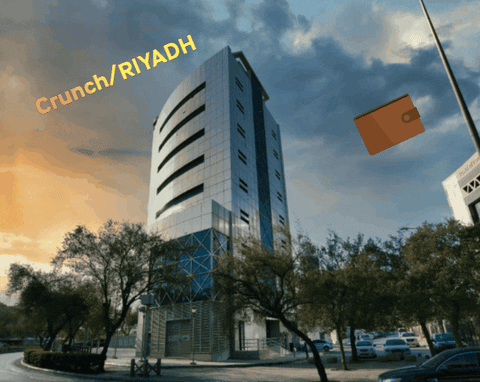
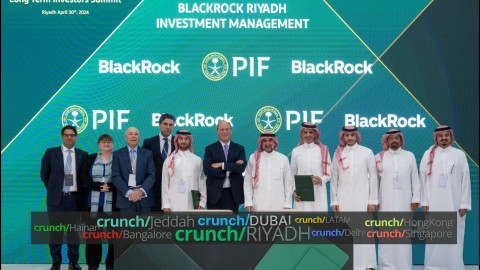

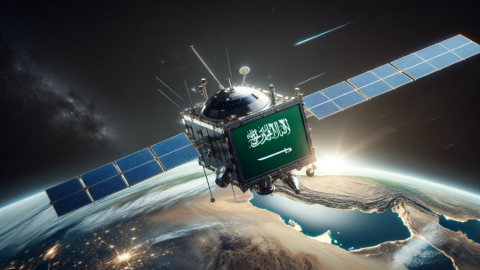
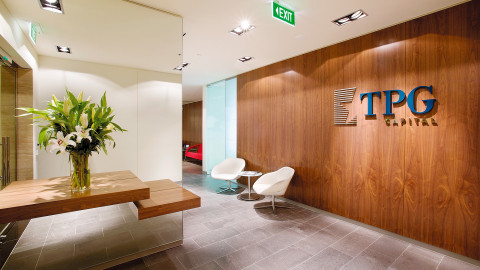

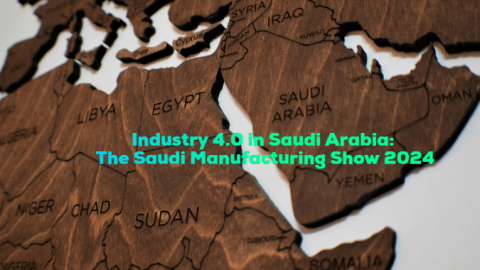
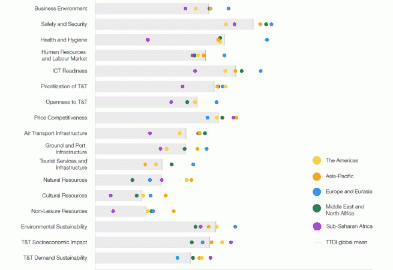



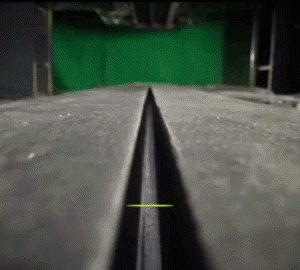
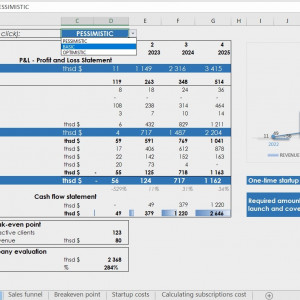
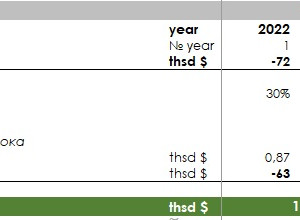

The Saudi Riyal (SAR) and the Pakistani Rupee (PKR) are the official currencies of Saudi Arabia and Pakistan, respectively. Both currencies have historically fluctuated in value against each other, influenced by economic, political and global factors.
The exchange rate between SAR and PKR is important for trade and investment between the two countries. High exchange rates can make Pakistani goods and services more expensive for Saudi consumers, while low exchange rates can boost Pakistani exports to Saudi Arabia.Similarly, exchange rate fluctuations can affect the cost of doing business and return on investment for companies operating in both countries.
The relationship between the Saudi Riyal and the Pakistani rupee is complex and influenced by a number of factors. Understanding the dynamics of this exchange rate is crucial for businesses, investors and policy makers involved in economic activities between the two countries.By monitoring exchange rate trends and considering the factors that drive them, stakeholders can make informed decisions and reduce the potential risks associated with currency fluctuations.